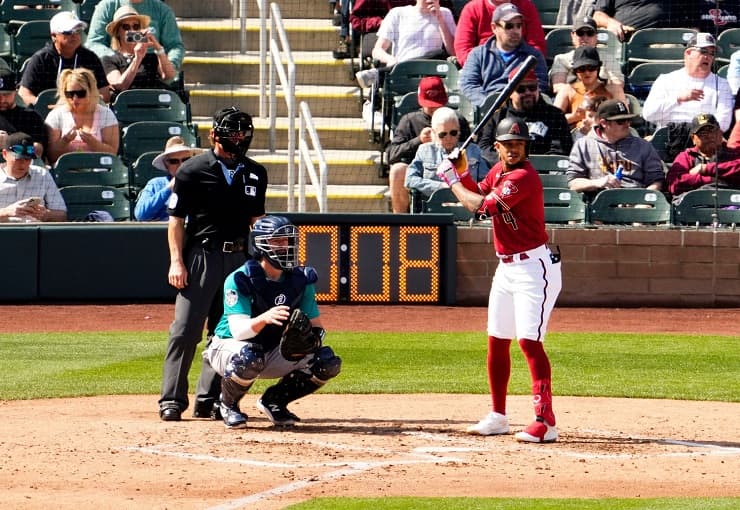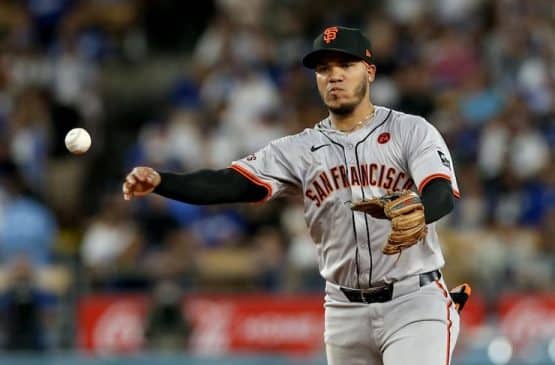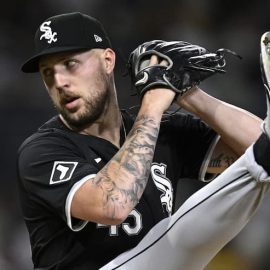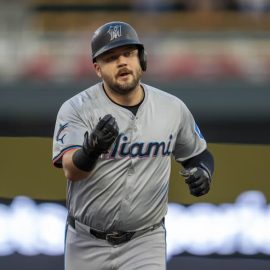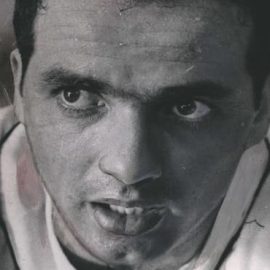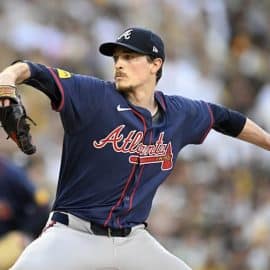With Major League Baseball entering the pitch clock era, early results indicate the new rule could shave nearly 30 minutes off games.
With just 15-20 seconds allocated between pitches, MLB fans will never again endure the batting routine of Mike Hargrove, who played 12 seasons for the Texas Rangers (1974-78), San Diego Padres (1979) and Cleveland Indians (1979-85).
During his playing days, his pre-pitch routine earned him “The Human Rain Delay” nickname.
Before each pitch, Hargrove stepped out of the batter’s box to adjust his helmet and gloves. He then pulled each sleeve on his jersey before wiping each hand on his jersey pants. Not finished, he reached back and adjusted his rear pockets just prior to knocking the dirt off both cleats with his bat. Still not done, he flexed his shoulders, re-adjusted his gloves, scratched his nose and fiddled with a protective rubber ring he often wore on his thumb. He was finally ready for a pitch.
Before the next delivery, he would do everything all over again.
And again …
And again …
With new MLB regulations set to debut Thursday, there’s no place for such habitual batting routines any longer.
Spring Training Games Proved Faster
Casual fans should be excited over the fact that spring training games over the past month in Arizona and Florida lasted an average of 26 fewer minutes than last year.
With hurlers now granted 15 seconds between pitches with the bases empty and 20 seconds with at least one runner on base, spring-training matchups lasted 2:35 this year. In 2022, exhibition games were 3:01, according to ESPN.
During the regular season, MLB games averaged 3:04 last year. In 2021, contests were 3:10, an all-time high.
The reduced game times this spring were similar to minor league games that experimented with the pitch clock last season.
The pitch clock “will be the most significant change to the on-field game since Jackie Robinson’s arrival altered the player population,” ESPN’s Jeff Passan wrote.
Welcome to The Pitch Clock Era: Inside the biggest thing to happen to MLB since … maybe ever https://t.co/j9WHvB3XdY
— Buster Olney (@Buster_ESPN) March 29, 2023
Rickey Henderson Could Be Mini-Rain Delay, Too
Since its creation in 1876, professional baseball has operated without time restraints. When Hall of Famer Rickey Henderson was on first base, he could expect at least one pickoff attempt. More than likely two. It certainly wasn’t uncommon for MLB’s all-time stolen base leader to see three or four throws over to first base just to keep him guessing.
Henderson on first base often devolved into a mini-rain delay, too.
Now, pitchers are allowed just two “disengagements” per at-bat.
With Opening Day approaching, baseball purists will be curious to see how the pitch clock absorbs itself into the game’s lasting fabric. Each stadium will possess two pitch clocks, one behind home plate and the other on either side of the outfield batter’s eye.
If a pitcher does not start his delivery before the pitch clock expires, the umpire will call a ball. When a batter takes too much time getting set to enter the batter’s box, he will be charged with a strike.
If Hargrove was playing, he would strike out without ever seeing a pitch. Ever.
Add The Sports Daily to your Google News Feed!
